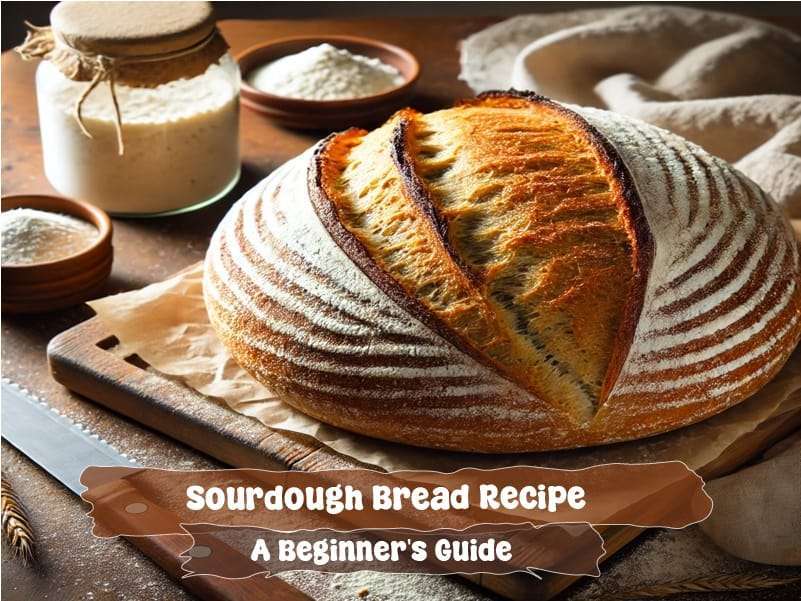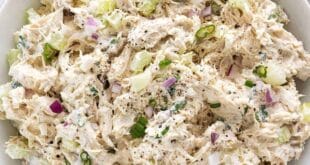
Easy Sourdough Bread Recipe for Beginners to Try
A reliable Sourdough Bread Recipe comes down to patience and technique. The biggest mistake most beginners make is rushing fermentation. Cutting it short results in dense bread instead of a light, airy crumb. Proper rest time, gentle folding, and a hot oven are what transform simple flour, water, and starter into a loaf with a crisp crust and chewy texture.This recipe is for anyone looking to bake a straightforward sourdough loaf at home with clear, step-by-step guidance.Difficulty: Moderate
Ingredients
Method
- Mix the dough. In a large bowl, combine flour, water, and starter. Stir until no dry flour remains. Cover and wait 30 minutes (autolyse).
- Add salt. Mix in salt with wet hands, folding the dough gently until incorporated.
- Bulk ferment. Cover and let the dough rest for 4-5 hours at room temperature. Every 30 minutes for the first 2 hours, stretch and fold the dough 3–4 times.
- Shape. Turn the dough onto a floured surface. Shape into a round loaf, then place in a floured proofing basket or bowl lined with a towel.
- Final proof. Cover and refrigerate 8–12 hours (overnight is best).
- Preheat the oven. Place a Dutch oven inside and preheat it to 475°F (245°C).
- Score & bake. Transfer the dough to parchment paper, score the top with a sharp knife, and carefully place it in a hot Dutch oven. Cover and bake for 20 minutes, then uncover and bake for another 20–25 minutes until golden brown.
- Cool. Remove and let the bread cool fully before slicing.
Video
Notes
Startup tip: Use the starter at its peak (ubbly and active). Weak starter = flat loaf.
Patience matters: Longer fermentation = better flavor and texture.
Scoring: A sharp razor or bread lame helps control the rise.
Oven heat: Preheating the Dutch oven creates steam for a crisp crust.
Tips & Tricks
- Check hydration: The dough should feel tacky but not soupy. Adjust flour/water slightly as needed.
- Flavor boost: Add 1 TBSP olive oil or honey for variation.
- Storage: Wrap in a towel or bread bag; avoid sealing in plastic (keeps crust crisp).
- Freezer-friendly: Slice and freeze; reheat in the toaster or oven.
- Practice: Each bake improves as you learn how your dough behaves at your kitchen’s temperature.
Serving Suggestions
- Classic: Slices cooked in butter or olive oil.
- Breakfast: Toast with jam, avocados, or eggs.
- Lunch: Use for sandwiches or paninis.
- Dinner: Serve alongside soups, stews, or pasta.
- Snacking: Pair with cheese and cured meats.
Nutrition (per slice, based on 12 slices)
- Calories: ~180
- Protein: 6 g
- Carbs: 36 g
- Fat: 1 g
- Fiber: 2 g



